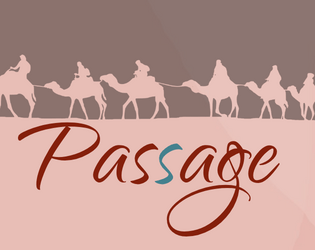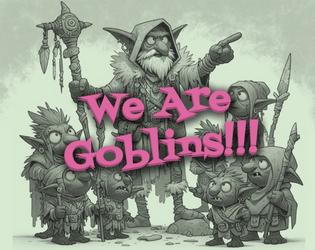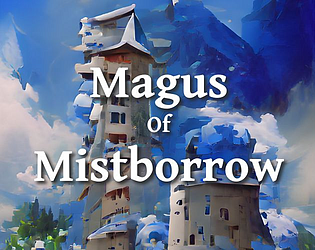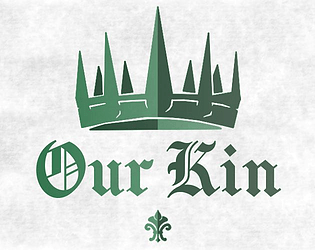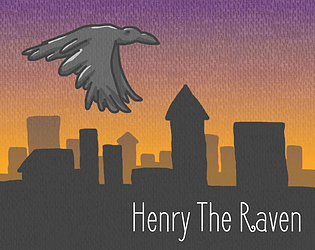Just like in original 36-word Solo Dungeon, this entry as well works completely without any input from the player.
Well, here is one, the decision whether they want to spend any luck to raise the die result or to survive the roll 1/1. Generally, there is no reason to spend more luck than I can obtain/lose, so from all the options I have there are only two results I want to spend luck:
- result of 7 to avoid reroll*
- result of 2 to not die instantly.
* You want to avoid reroll as there are more negative results than positive ones.
I have written a simple script that rolls the dice for me: https://jsfiddle.net/vjh1z9o6/1/
I want to ask, what made you write this entry? Did you even try it? What is the purpose of it? Did it spark any imagination in you? Did you check the other entries?
You don’t have to answer. I just do not understand, why this entry exists.


